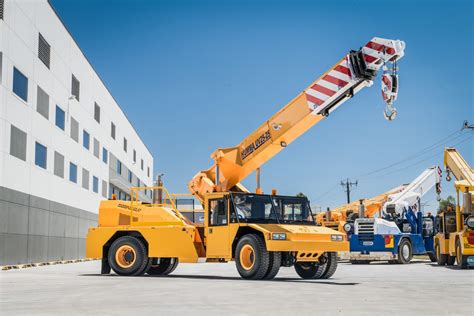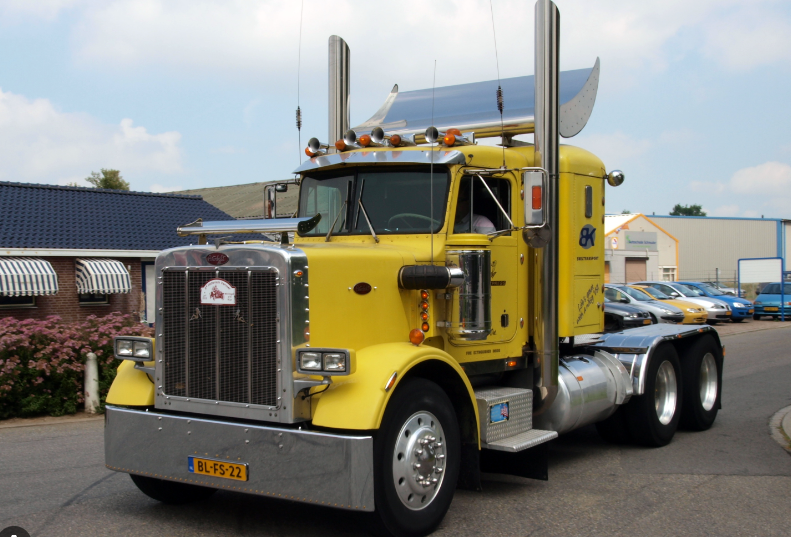how does a tower crane go up
Release time:2023-07-03 20:27:34
Page View:
author:Yuxuan
A tower crane is a construction equipment used in high-rise building projects to lift and move heavy materials and equipment. The crane’s height allows it to lift items to the required floor levels. However, the tower crane doesn’t just appear in its full height and form on the construction site. So, how does the tower crane go up? This article will explore the steps involved in the tower crane erection process.
Foundation
Before the crane’s actual construction commences, a foundation is dug to a depth of approximately five meters. Steel reinforcement bars and concrete are then inserted to form a base that will support the crane’s weight and height. The foundation needs to be sturdy enough to withstand the horizontal and vertical pressure that the crane will exert on it. The foundation must be cured for at least two weeks before the crane’s actual construction can begin.Mast Assembly
The crane’s mast, which is the vertical section of the tower crane, is assembled on the foundation. The mast sections are pre-constructed, and it is the assembling that takes place on site. A mobile crane is used to lift the mast sections onto the foundation. The mast’s vertical sections are fixed together through the use of bolts and pins. The assembled mast is made up of several sections that are connected by bolts that provide the mast with the height it needs.Slewing Unit Assembly
The slewing unit, which supports the crane’s jib, is assembled on top of the mast. The slewing unit is assembled on the mast collar, which is a specialized section of the mast. The slewing unit is comprised of a base, gearbox, and turntable. Once the slewing unit is assembled, the mobile crane is used to lift the crane’s jib and counter jib into position.Final Assembly and Testing
The final assembly of the crane involves connecting all the necessary components, including the control and electrical systems. The crane is checked to ensure that it complies with all safety regulations and that it is functioning correctly. The final test of the crane is to lift a load that is approximately twenty-five percent of the crane’s maximum capacity. Once the crane passes this test, it is certified to be used on the construction site.Conclusion
The assembly of a tower crane is a complex and delicate process that requires skilled personnel and equipment. The first and most critical step is the foundation, which must be sturdy enough to support the crane’s weight. The mast assembly comes after the foundation, followed by the slewing unit assembly, the jib, and counter jib installation, final assembly, and testing. All these steps must be completed correctly to ensure the safety and efficiency of the crane during construction.












